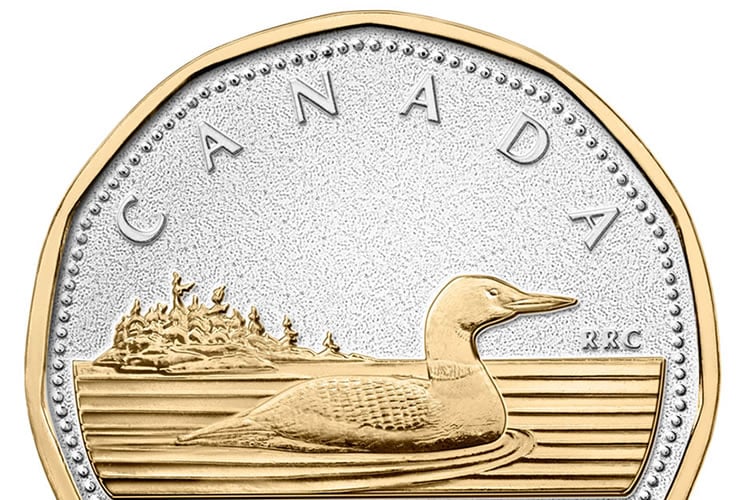Canadian Dollar Firms after Core-inflation Shows Surprising Resilience in December
- Written by: James Skinner

Market expectations are for the Bank of Canada to wait until May before raising rates again although, after Friday's inflation figures, this could soon change.
The Canadian Dollar strengthened a touch against its international rivals Friday after the final instalment of consumer price figures for 2017 showed underlying Canadian inflation was more resilient than expected in December.
Headline inflation fell by -0.4% in December, reversing its November gain, and taking the annual pace of headline inflation back down to 1.9%.
This was the result of an anticipated fall in gasoline prices, was in line with economist estimates and expected by the market.
However, the surprise in came in the core-measures of inflation, which remove volatile commodity items like gasoline from the price basket and so are seen as a better reflection of true underlying price pressures.
The all-items consumer price index excluding gasoline held steady with November’s level, at 1.5%, while two other measures of core inflation actually rose during the month of December.
“Given that two of three core measures--somewhat surprisingly--rose on the month, we're hardly chalking this up as a negative inflation report,” says Nick Exarhos, an economist at CIBC Capital Markets.
“Indeed, much of the weakness in December was tied to gasoline (-3.3%), something we know will more than reverse in the months ahead given the performance of crude prices.”
The USD/CAD rate was quoted 0.41% lower at 1.2327 shortly after the release and the Pound-to-Canadian-Dollar rate was marked 0.15% higher at 1.7539.
Friday's data matters for currency markets because it could have an impact on expectations for Bank of Canada monetary policy later in 2018.
The Bank of Canada is targeting a sustainable return of inflation back toward its 2% target.
This is a goal the Bank said it is confident it will reach when announcing, on January 18, its decision to raise the cash rate by 25 basis points to 1.25%.
Pricing in overnight index swaps markets suggests current market expectations are for the Bank of Canada to wait until May before raising the cash rate again.
"CAD support from further BoC hikes is likely to be limited, and significantly less than in 2017 as a substantial amount of tightening already looks priced in (55bps by year-end)," says Themos Fiotakis, a strategist at UBS, in a recent note.
It remains to be seen whether Friday’s inflation data will be enough to change the dynamics around interest rates and, thereby, push the Canadian Dollar higher.
After all, it comes against a backdrop of heightened uncertainty for both the Canadian economy and its currency.
The North American Free Trade Agreement, which guarantees largely free trade with Canada's southern neighbour, is currently subject to renegotiation.
President Donald Trump once described NAFTA as the worst trade deal in history. He campaigned for the Presidency on a pledge to renegotiate it, or to withdraw from it altogether.
A sixth round of talks (renegotiation) is set to conclude on Monday 29, January and, although officials on both sides of the border have recently expressed optimism that an agreement can be struck, a failure of talks remains a realistic prospect.
Readers can learn more about the issues at play in the NAFTA talks here; Canadian Dollar Unprepared For NAFTA "Tape Bombs" - Key Issues to Watch.
Advertisement
Get up to 5% more foreign exchange by using a specialist provider to get closer to the real market rate and avoid the gaping spreads charged by your bank when providing currency. Learn more here.




